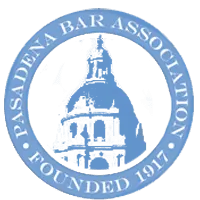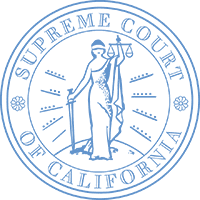Ride-Sharing Accidents: Legal Insights for San Fernando Valley Residents
As the popularity of ride-sharing services like Uber and Lyft continues to grow, so too does the incidence of accidents involving these vehicles. For residents of San Fernando Valley, understanding the nuances of ride-sharing accidents is crucial not only for personal safety but also for navigating the often complex legal landscape that follows such incidents. This article aims to provide comprehensive insights into common causes of ride-sharing accidents, liability issues, immediate steps to take after an accident, how companies manage claims, and essential information regarding compensation.
Common Causes of Ride-Sharing Accidents
Ride-sharing accidents can occur for a variety of reasons, many of which mirror those found in traditional vehicle collisions. Some prevalent causes include:
- Distracted Driving: Drivers may be distracted by their smartphones as they accept rides or navigate routes.
- Speeding and Reckless Driving: The pressure to complete rides quickly can lead drivers to speed or engage in reckless behaviors.
- Impaired Driving: While ride-sharing companies have strict policies against driving under the influence, some drivers may still violate these rules.
- Poor Vehicle Maintenance: Inadequate upkeep can lead to mechanical failures that result in accidents.
- Inexperienced Drivers: Newer drivers may lack experience with city traffic patterns or handling difficult driving conditions.
Understanding these common causes is essential for both passengers and other road users as it highlights potential risks associated with ride-sharing services.
Who is Typically Responsible?
Determining liability in a ride-sharing accident can be complicated due to multiple parties involved. Generally speaking, responsibility may fall on:
- The Driver: If a driver was negligent—such as speeding or driving under the influence—they could be held liable.
- The Ride-Sharing Company: Companies like Uber and Lyft often have insurance policies that cover certain types of accidents while drivers are logged into their apps.
- Other Drivers: If another vehicle was at fault during the incident, that driver could also bear responsibility.
California law recognizes “vicarious liability,” meaning employers (or companies) can sometimes be held responsible for employees’ actions performed within the scope of their employment. This principle applies even when drivers are classified as independent contractors rather than employees.
Steps to Take After an Accident
If you find yourself involved in a ride-sharing accident in San Fernando Valley, following specific steps can help protect your rights:
- Ensure Safety First: Move to a safe location if possible and check on all parties involved.
- Call Emergency Services: Report any injuries or significant damage immediately; obtaining an official report is critical for later claims.
- Document Everything: Take photos of the scene, gather witness information, and note details about the vehicles involved.
- Exchange Information: Collect contact details from all drivers and passengers present at the scene.
- Notify Your Insurance Company: Even if you were not at fault, informing your insurer about the incident is crucial.
These steps serve not only to ensure personal safety but also lay groundwork for any potential legal proceedings.
How These Companies Handle Accident Claims
Ride-sharing companies have established processes for managing accident claims filed by passengers or third parties affected by incidents involving their drivers. Generally speaking:
- Upon receiving notice of an accident claim, companies will conduct an internal investigation which includes reviewing driver activity logs and GPS data during the time of the incident.
- They typically assess whether their insurance policy applies based on whether the driver was actively engaged in transporting passengers at that time.
- Communication regarding claims is usually handled through designated representatives who guide claimants through necessary documentation requirements.
However, it’s important for victims to remain proactive throughout this process since delays or insufficient documentation can hinder timely resolutions.
What Victims Should Know About Seeking Compensation
Victims injured in ride-sharing accidents should be aware of several key points regarding compensation:
- Insurance Coverage Limits: Both California state laws and company policies dictate coverage limits based on various circumstances surrounding an accident (e.g., whether a passenger was present).
- Medical Expenses Recovery: Victims are entitled to seek reimbursement for medical expenses resulting from injuries sustained during an accident—this includes current treatment costs as well as future medical needs related to recovery.
- Non-Economic Damages: Compensation may also cover pain and suffering or loss of enjoyment due to injury-related limitations; however, quantifying these damages can be subjective and complex.
- Time Limits on Filing Claims: California has specific statutes of limitations governing how long individuals have to file personal injury claims following an accident—typically two years from the date of injury.
Being informed about these aspects allows victims better navigation through what can often feel like a daunting process after experiencing trauma from an accident.
Understanding ride-sharing accidents involves recognizing common causes, discerning liability issues among various parties involved, knowing immediate actions post-accident along with how claims are processed by companies themselves—and ultimately being aware of what victims need when seeking compensation afterward enhances one’s ability to effectively advocate for oneself in such challenging situations within San Fernando Valley’s evolving transportation landscape.











